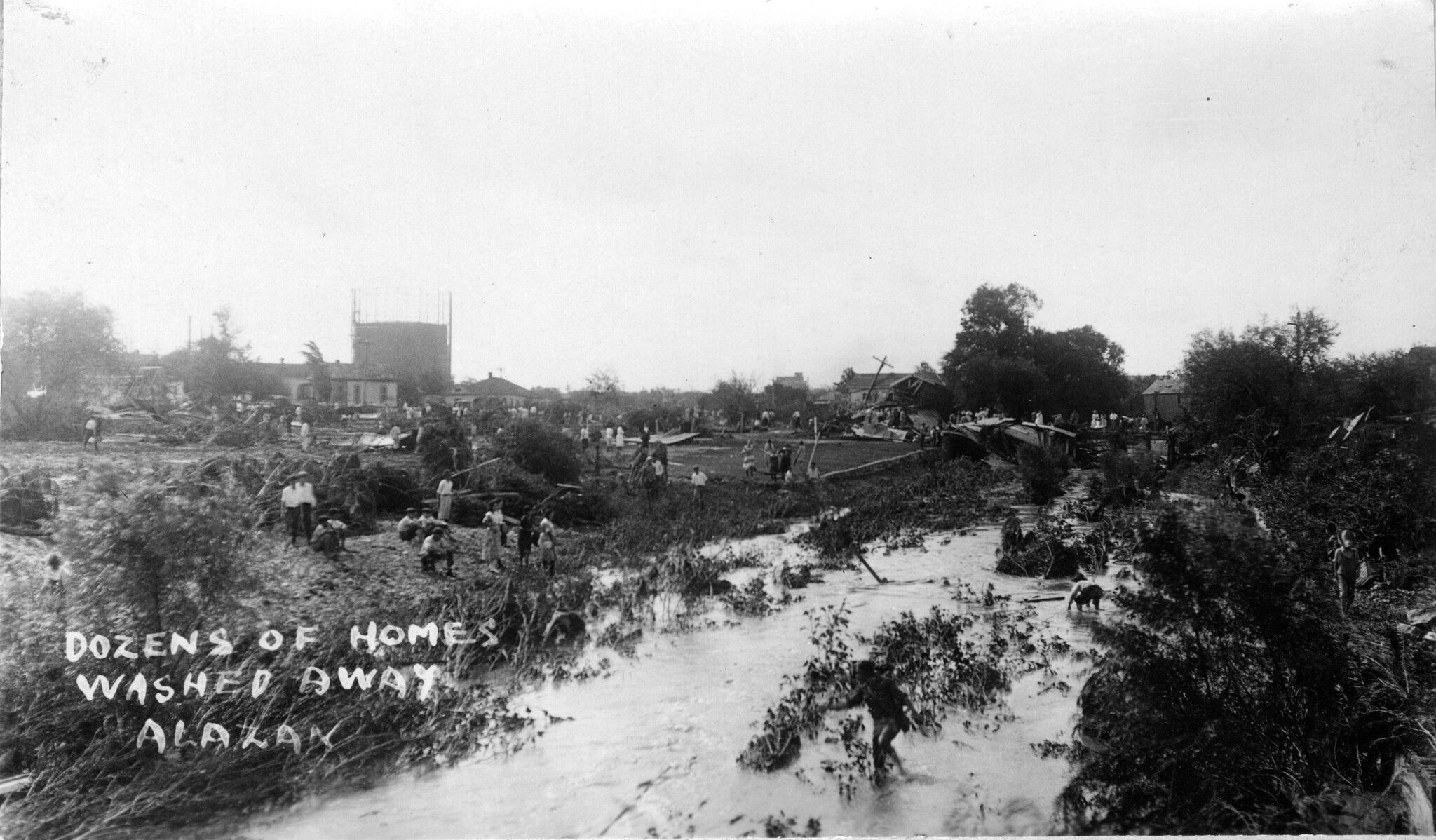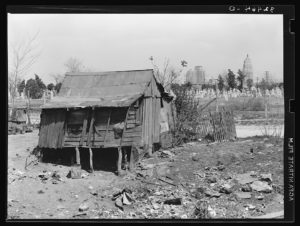100 years ago to the day, a tropical depression stalled just north of San Antonio, pouring rain into the city’s creeks and rivers. The city’s predominantly Latino West Side was destroyed by floodwaters. Eighty people were killed.
The recovery opened up a decades-long saga of housing discrimination, environmental racism and classism.
Char Miller began asking questions about the flood’s ongoing repercussions when he lived in San Antonio near the Olmos Dam. He’s now a professor of environmental analysis at Pomona College in Los Angeles and author of the new book West Side Rising: How San Antonio’s 1921 Flood Devastated a City and Sparked a Latino Environmental Justice Movement.
Miller says almost immediately after the 1921 flood, a narrative beyond just the devastation that it caused on the predominately Latino West Side began to emerge.
“By about three days in, the English language newspapers have shifted the narrative to say, ‘yes, that’s bad. And in fact, horrible. But the real thing that we need to focus on is protecting the urban economy in the downtown core,’” Miller said.
He says the city prioritized that narrative and decided to use public money to build the Olmos Dam.
“And although they gestured towards resolving the West Side’s flooding issues, which had flooded periodically for decades, in effect, they paid very little attention to it,” Miller said.














